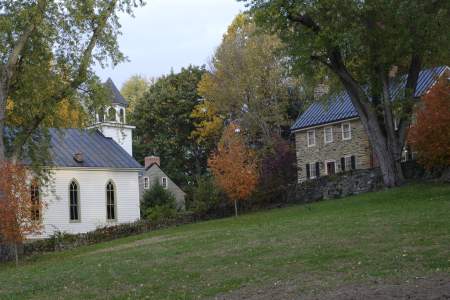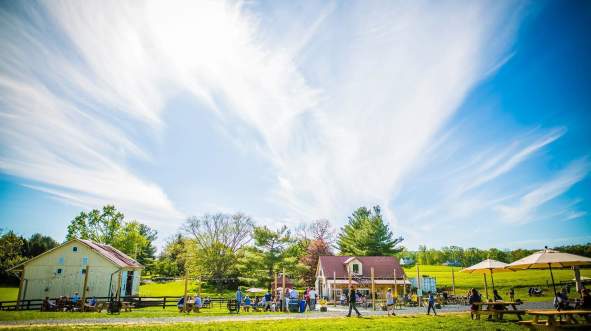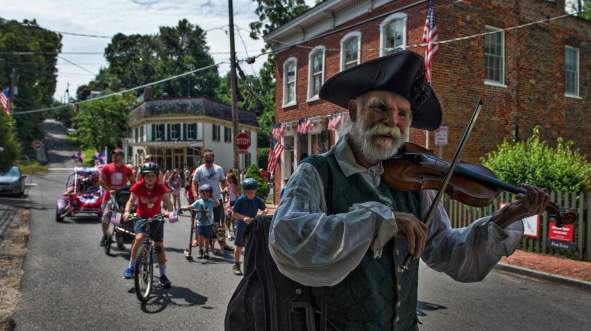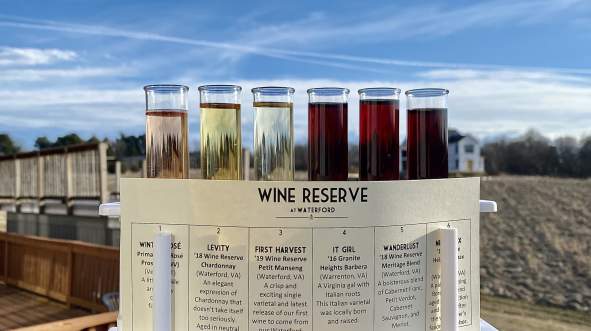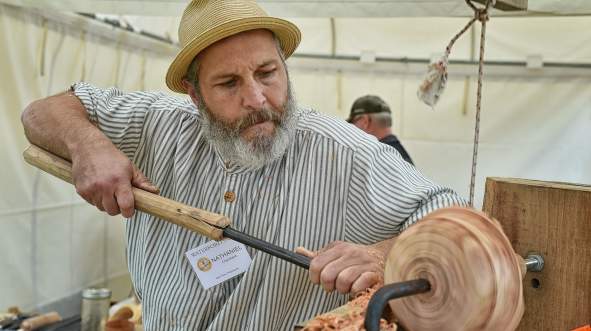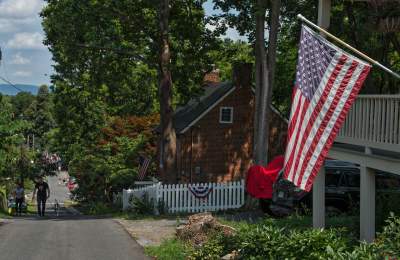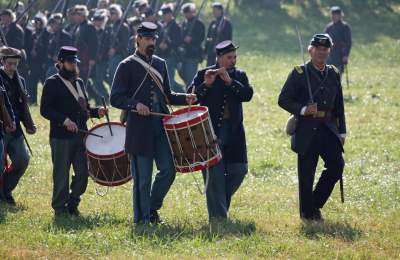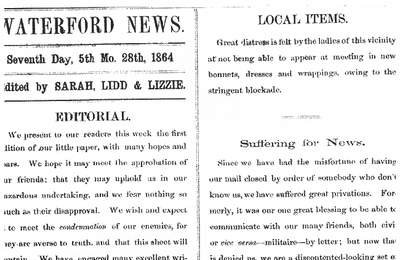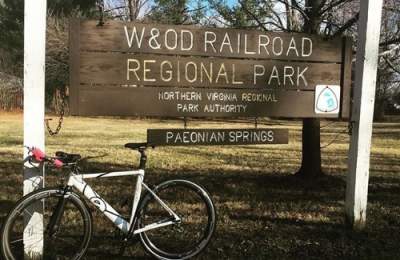Visitor Information Center
112 South Street SE, Suite 200
Leesburg, VA 20175
800-752-6118 | 703-771-2170
Village of Waterford
Founded by Quakers on the banks of Catoctin Creek in 1733, this exquisite village comprising of dozens of colonial and red brick Federal homes looks as if it’s been preserved in aspic for 200 years. A National Historic Landmark, it’s celebrated for its annual English colonial-style fair, the cluster of wineries on surrounding hills, the newly built Old School that hosts frequent talks and concerts, and the one room Second Street schoolhouse, an African American school from 1886 now part of the Waterford Foundation’s Living History Program for grade school visitors.
Fun Facts
Home to Authors
Including Pulitzer Prize winners Larry McMurtry (Lonesome Dove) and Geraldine Brooks (March).
Siding with the North
The pacifist Quakers and community of freedmen determined the Civil War allegiance.
The Waterford News
An underground pro-Union, anti-slavery paper published during Civil War.
W&OD Rail bypass
The line excluded Waterford for their pro-Union stance.
